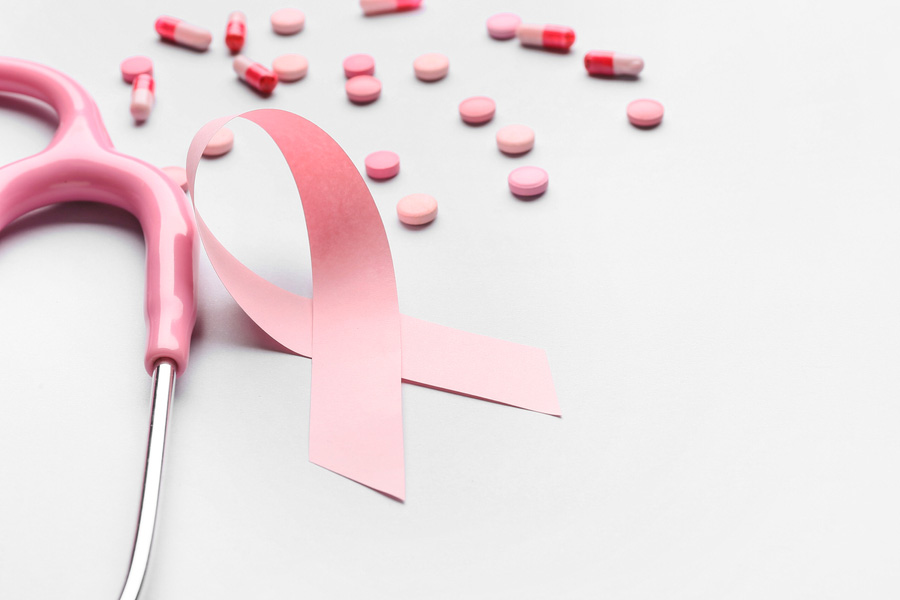The mysterious July explosion that destroyed a centrifuge assembly hall at Iran’s main nuclear fuel enrichment facility in Natanz was deemed by the Iranian authorities to be enemy sabotage, and provoked a defiant response: The wrecked building would be rebuilt in “the heart of the mountains”, the head of Iran’s Atomic Energy Organisation said.
Progress on that pledge, which could shield the facility from an aerial assault or other threats, has been unclear to outside observers. But new satellite imagery is now shedding light on the Iranian plans.
The Visual Investigations team of The New York Times has tracked construction at the site using the new imagery. For the first time, new tunnel entrances for underground construction are visible under a ridge in the mountain foothills south of the Natanz facility, about 140 miles south of Tehran.
The Times worked with Jeffrey Lewis, an arms control expert at the Middlebury Institute of International Studies at Monterey in California, to interpret the new image.
“The new facility is likely to be a far more secure location for centrifuge assembly — it is located far from a road and the ridge offers significant overburden that would protect the facility from air attack,” Lewis stated in written comments.
The July explosion was not the only recent incident that appeared to have exposed major gaps in Iran’s security of its nuclear program, which the country insists is limited to peaceful purposes. In late November, a brazen daylight attack killed Iran’s top nuclear scientist, Mohsen Fakhrizadeh.
Iran has blamed Israel and the US for the Natanz explosion and Fakhrizadeh’s assassination, which were both considered serious setbacks to Iran’s nuclear programme.
Lewis described the clues that underground construction was underway at the site in Natanz.
“There are what appear to be two tunnel entrances on either side of a large ridge, with a pile of spoil from excavation nearby. The space between the two entrances is large enough to accommodate a facility about the same size as the centrifuge assembly building that was destroyed this summer and that Iran indicated it was rebuilding in the mountains.”
Looking at satellite images taken over several months allows for tracking changes. Even something as simple and inconspicuous as a pile of dirt is a clue.
“The major clue is the pile of spoil from the excavation that was not present in July,” Lewis said.
“Iran also regraded a pair of roads on each side of the ridge leading to what appear to be tunnel entrances.”
Allison Puccioni, an imagery analyst, pointed out other tell-tale signs of excavations near the debris pile.
New York Times News Service










